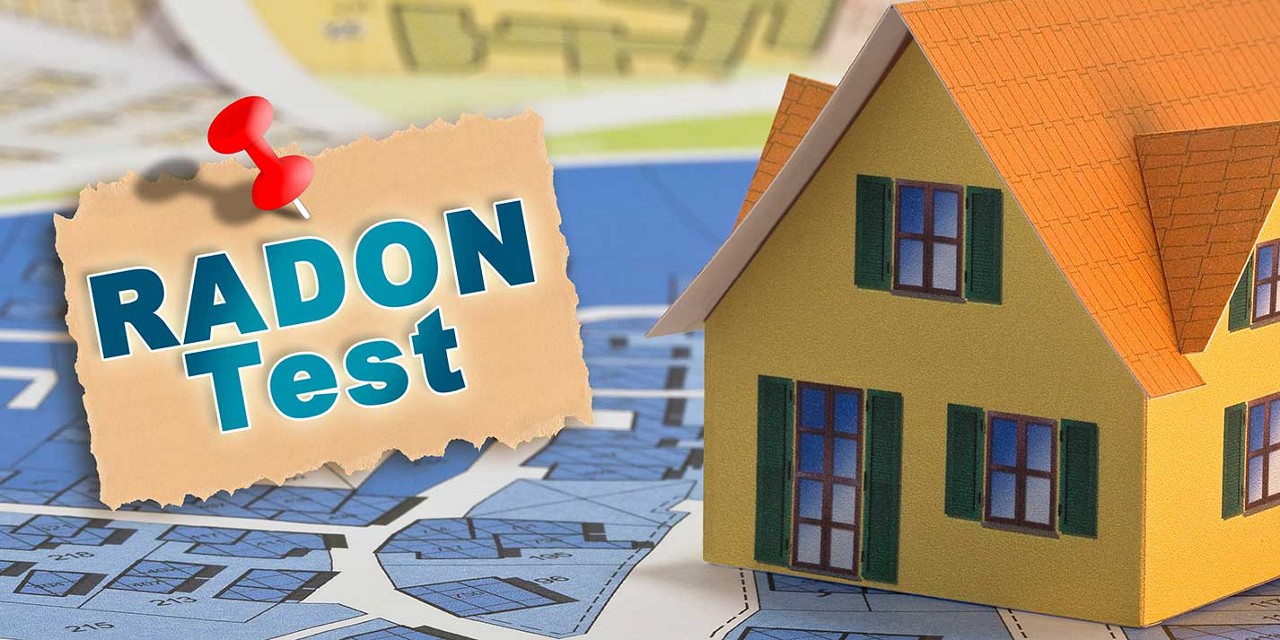Source: National Safety Council
This information is being provided for general informational purposes only. Meemic Insurance Company does not assume any liability in connection with providing this information.
You can’t see it, smell it or touch it.
The No. 1 cause of lung cancer outside of smoking is a radioactive gas that everyone breathes in every day, usually at low levels, according to the National Cancer Institute.
Radon is produced from a natural breakdown of uranium in soil, rock and water. This radioactive gas can be detected in homes, offices and schools; it enters buildings through cracks in floors and walls, construction joints or gaps around service pipes, electrical wires and sump pits. (Contrary to popular belief, granite countertops are usually no more a source of radon than other common household items, such as dishes.)
When radon exceeds acceptable levels, the result can be deadly.
Scientists estimate 15,000 to 22,000 lung cancer deaths in the U.S. each year are related to radon.
People who breathe in radioactive particles, swallow water with high radon levels or are exposed to radon for a long period of time are susceptible to lung damage and lung cancer. The Environmental Protection Agency says nearly 1 out of every 15 homes in America is estimated to have elevated radon levels.
How Do You Know if You’re at Risk?
The EPA reports elevated radon levels have been measured in every state. Everyone is at some risk. Smokers who are exposed to elevated levels of radon are at higher risk of developing lung cancer.
Testing is the only way to determine how much radon is present in your home or drinking water. Short-term (3- to 4-day) and long-term (3- to 12-month) test kits are available. In some cases, manufacturers of these kits will conduct analysis and post results online.
The EPA has created this web page to help you find a radon test kit or measurement and mitigation professional near you. Do-it-yourself test kits also are available at many local hardware stores.
How Much Is Too Much?
No level of radon exposure is considered completely safe, however the EPA only recommends reducing radon levels in your home if your long-term exposure averages 4 picocuries per liter (pCI/L) or higher. A pCI is a measure of the rate of radioactive decay of radon gas. (These are the tiny particles that can get trapped in your lungs when you breathe.)
Reducing Radon in Your Home
The American Cancer society says a variety of methods can be used to reduce radon levels in your home, including sealing cracks in floors and walls and increasing ventilation though sub-slab depressurization using pipes and fans.
The EPA recommends using a state or nationally certified contractor because lowering high radon levels often requires technical expertise and special skills. Two agencies have set the standard for participants seeking certification:
January Is National Radon Action Month
The U.S. Environmental Protection Agency has designated January as National Radon Action Month, a time when health agencies across the country urge all Americans to have their homes tested for radon. Schools, businesses and other buildings also should be tested, according to the EPA.
Visit the EPA website for ideas on how to help spread the word about radon testing and mitigation.
